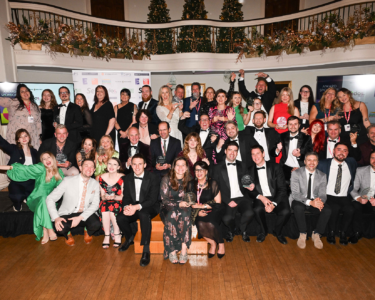
Security crisis planning has become essential in the events industry, said Mike Carlucci, chief operating officer of Clarion Events North America and co-chair of the Society of Independent Show Organizers (SISO)’s security task force.
“Start early, communicate often, and collaborate across the industry because it only takes one incident to set everyone back,” Carlucci said at the recent Skift Meetings webinar, “Strategic Planning for Crisis-Ready Events.”
Lisa Werner of VWV Consulting, who joined Carlucci for the discussion, emphasized that even successful events can be derailed by a single lapse in safety.
Both speakers stressed that risk assessment is an evolving process that must start early and adapt continuously. “A lot of people get into the routine of, ‘I’ve done this a thousand different times.’ But it only takes one incident,” Werner noted.
Emergency preparedness plans must be regularly revisited, updated, and communicated clearly to all stakeholders. Treating a safety plan as a box-checking exercise, they warned, is a major mistake.
“Crisis communication is a shared responsibility among organizers, venue staff, and security personnel,” said Werner.
Every event should undergo a threat and hazard identification and risk (THIRA) assessment. It’s a systemic approach used to assess potential risks and hazards.
Real-World Consequences
Werner underscored that improving safety doesn’t always require massive overhauls or large budgets. Often, it’s the small changes that make a big difference. Organizers should begin with the basics: identifying the who, what, when, and where of an event. From there, a meaningful security plan can take shape.
She also introduced the concept of the “red slice” of risk. “You have a pie, 20% of it is what you know. Another 20% is what you know you don’t know. The rest, the 60%, is what you don’t know,” said Werner. “Early, thorough planning and post-event after-action reports help shrink this unknown risk.”
She used an incident at the Kay Bailey Hutchison Convention Center in Dallas as an example. A chaotic evacuation triggered by a fight at the National Cheerleaders Association championship led to 10 injuries, said Werner.
“What the parents and attendees are saying is that there was no guidance. They were never told what to do in case of an emergency,” she said.
Flexible Models, Shared Responsibility
Security planning should never be one-size-fits-all. All events should undergo a risk assessment, but the level of support needed may vary. Smaller events may not require full-scale consulting, and that’s okay.
Werner’s consulting model offers flexibility, from quick on-site assessments to comprehensive security planning. Organizers don’t need to hire experts for every gathering. Sharing resources and best practices across the industry can help elevate safety standards without breaking budgets.
Additionally, not all threats are related to the law. Take droughts. The potential for a fire must be considered.
The overarching message: Don’t wait for the perfect moment or unlimited resources. Start with what you have. Ask questions. Collaborate. Act. Even incremental improvements can enhance preparedness and reduce risk.
👇Follow more 👇
👉 bdphone.com
👉 ultractivation.com
👉 trainingreferral.com
👉 shaplafood.com
👉 bangladeshi.help
👉 www.forexdhaka.com
👉 uncommunication.com
👉 ultra-sim.com
👉 forexdhaka.com
👉 ultrafxfund.com
👉 bdphoneonline.com
👉 dailyadvice.us




